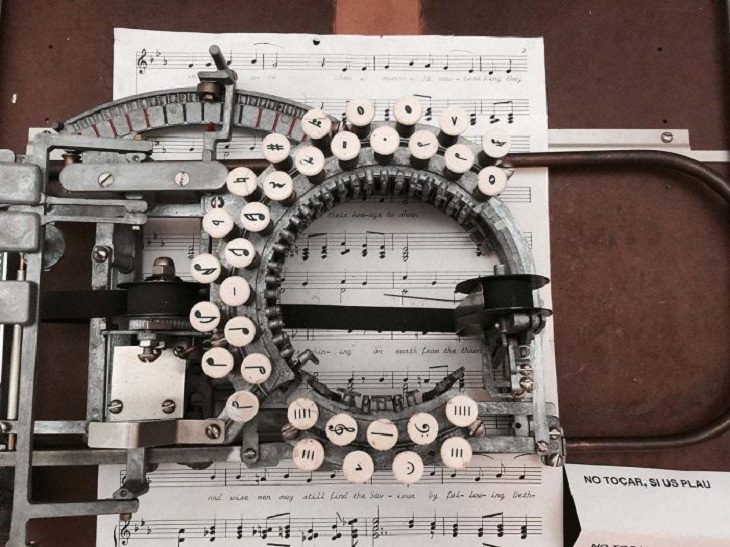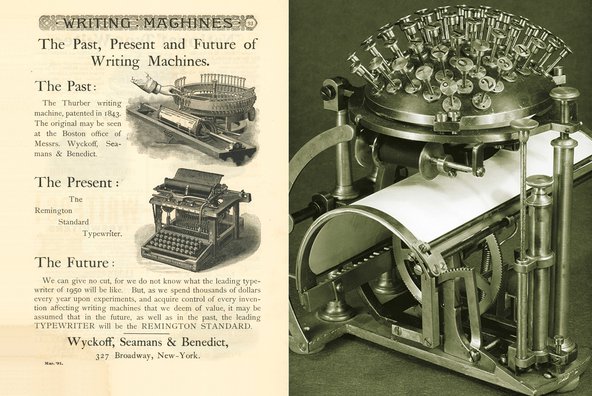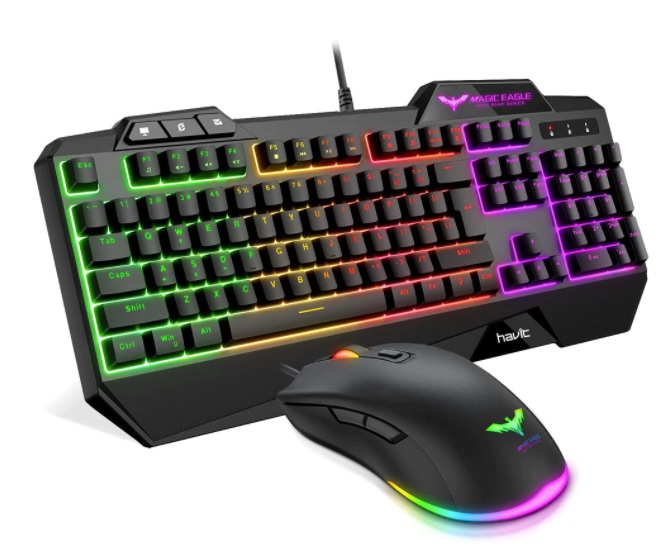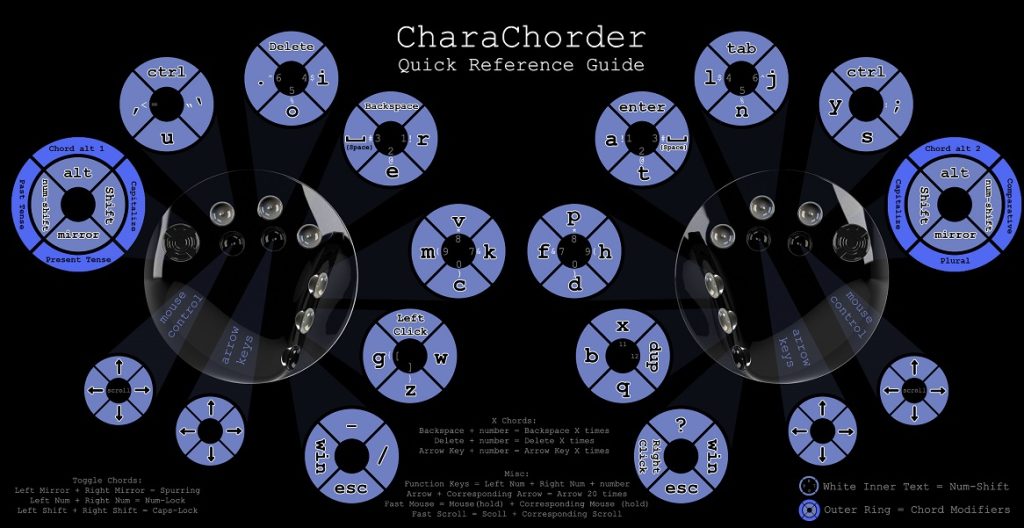Like dueling pianos in a concert hall, striking the keys of the top computer keyboards of 2022 can bring forth a virtuoso performance for writers, coders and gamers of all skill levels. But hitting the right notes depends on which kind of keyboard and keyset you choose for your solo sonata.
There are two primary types of keysets that are most popular among those whose handiwork requires fast, fingertip access to the digital domain. The pressure-sensitive Membrane keyboard undergirds the matrix of keys on nearly every laptop and notebook device. These low profile, Web surf-boards come as standard equipment with most bundled computer systems.
By contrast, the tactile, protruding keys of the Mechanical keyboard are recognized for their superior ergonomics and more reflexive feel while typing. The individual mechanical switches under each key create a more responsive typing experience.
Like typing the recent palindrome of a calendar date, 2.2.22, the two distinctly different keyboards have two ways to connect to your computing device, either corded or wirelessly. And there’s the dual option to illuminate the keys with varying levels of backlighting, or be left in the dark.
To compile our “best of breed” recommendations for 2022, we cross-checked our faves against several Top 10 Lists and cross-tabbed the ones we liked best. In addition to the winners of the membrane and mechanical keyboard classes, we added the standouts in the illustrious gamer class of RGB illuminated keyboards. We also gave an honorable mention to a revolutionary, new keyboard advancement — the chorded keyboard. Why plunk just one note at a time, when you can press several keys together, like playing a “chord” on that baby grand piano?
Scissor Keys Cut A Wide Swath Across the Desktop
The membrane layer keyboard, where tapping a flat or saddle-shaped key cap connects to a circuit layer that registers each key press, is generally quieter and, curiously, a good deal lighter than its mechanical counterpart. Call us heavy handed, but we consider “lightness” a drawback for a desktop keyboard where the input device should have a solid footprint, anchoring the keyboard to the work surface, and touting its durability. Oddly, Apple’s most expensive iMacs still feature a rather featherweight keyboard by default and have no mechanical version available.
Another shortcoming of membrane keyboards is the inability to allow “key rollover” of more than 2 keys, meaning that certain key combinations will only register a maximum of 2 keys pressed at once. Keyboard designers try to fix this by assigning those 2-key rollover combinations to keys that you rarely ever (or ideally never) press simultaneously. Most typists never experience this limitation, but if you are gaming, it can either be a mild annoyance or a significant disadvantage.
The main attraction of the membrane’s scissor switch keyboard is the lower travel distance. The difference is just 2 millimeters (there’s that number 2 again) instead of the 3–4 millimeters of earlier “dome-switch” keys. Scissor switches are also more compact than other key types. The scissor switch keyboard on the Mac was a successful improvement following one of the most historic keyboard controversies in the industry, replacing the former butterfly keyboards of MacBooks, (circa 2015-2017). The butterfly keys were more fragile and harder to clean with less space between their layers.
Allumination is Key to the Matias Wireless Aluminum Keyboard
Seattle24x7 favored the full-size Matias Wireless Aluminum Keyboard with Backlight which is much sturdier than Apple’s out-of- the-box key craft The Matias keyboard is cut out of a gleaming aluminum block that contains not one but two separate batteries, the first dedicated solely to backlighting, the second battery powering the keyboard itself and big enough to last a year on a single charge.
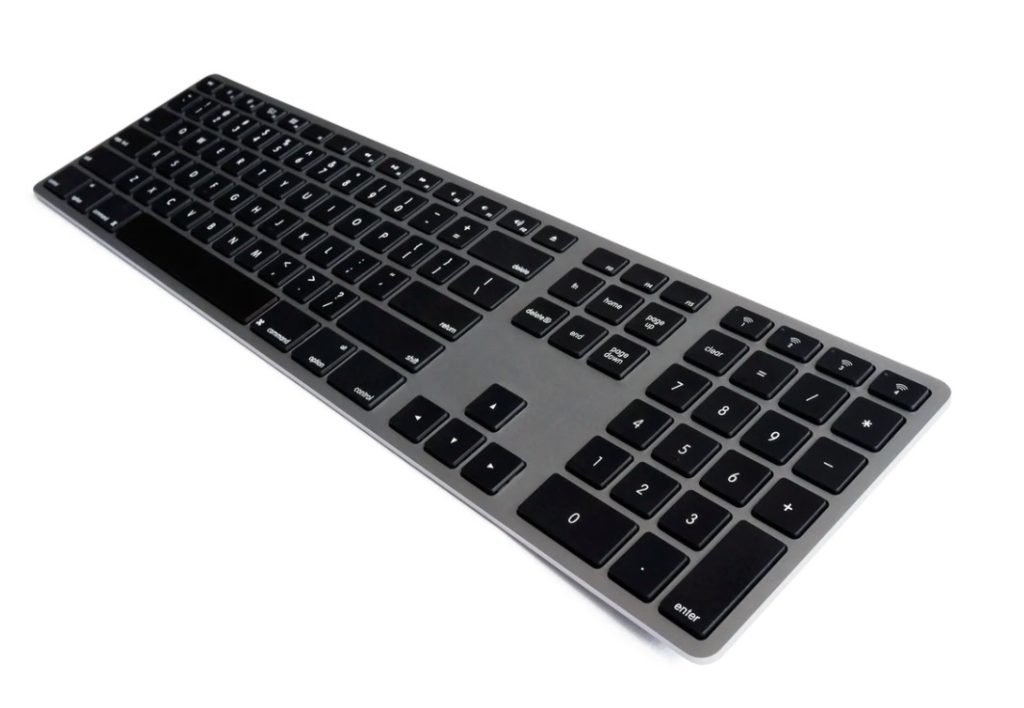
You can adjust the brightness of the Matias backlighting in 10% increments, anywhere from 0 to 100%. And if the backlight battery runs low, the keyboard will still continue working off its own separate battery — for up to a year. The Matias Wireless Aluminum Keyboard with Backlight can also pair up to 4 Bluetooth devices, easily switching between the devices with the press of a button, and the keyboard will adjust its layout to match each device (as you switch) — whether it’s Mac, iPad, Windows, or Android.
Popular Mechanics — With Bespoke Features
Mechanical keyboards are popular for better ergonomics and a more natural “feel” while executing each keystroke. The mechanical switches underneath each key foster a more responsive and accurate typing experience.
The “Mac Daddy” or “Mac Granddaddy” of mechanical keyboards is the Tactile Pro or Tactile Mini by Matias. Not only will this keyboard hug your fingertips as they travel between the peaks and valleys of the keyboard landscape, it could transport you to another place in time when the user experience was as much tactile as it was visual.
Backlit mechanical keyboards have been surging in popularity with the emergence of affordable LED lighting, as well as RGB LEDs. An RGB keyboard is highly versatile, allowing you to select any of the 16+ million colors of the RGB wheel and often apply them on a per-key basis, whether individually or in sets. This makes RGB keyboards a big, colorful step beyond the old-style backlit models or the ones that display just a few basic colors. Most new keyboards released today come in LED-backlit models, so the trend is here to stay.
The Corsair K70, K100 or K55 RGB LED Mechanical Gaming Keyboard and the Razer Blackwidow V3 Pro both get high marks for compute gaming with versatile features and good ergonomics. These models combining durability with selectable switch types, multiple ports (on the Razer), and backlight customization.
RGB Keyboards are not just eye candy. With some models, you can color-code individual keys such as the Navigation Keys differently from the rest of the board. Select keys can also be programmed to alert you when enemies are approaching, or your factory has been built and is ready to go into production.
The Havit Rainbow Backlit Gaming Keyboard has a lovely set of backlights that change colors and patterns. You are able to switch them to different patterns and styles or keep them dimmed. The keyboard doesn’t, however, have individual key lighting, which can be a disadvantage to gamers who want a keyboard that can give them an edge in their games.
Edgar Matias: A Storied Name in Keyboarding
Inventor of the Half-Keyboard that offers full-keyboard access with just one-hand, http://matias.ca/halfkeyboard/ , and editor of the comp.human-factors newsgroup http://edgarmatias.com/faq/index.html , Edgar Matias has been a seminal figure in the development of touch typing input devices and wearable computing. We asked him to comment on the advent of the “Chording keyboard.”
Edgar: “Chording keyboards work like chords on a piano — you type combinations and there is nothing printed on the keys. In fact, Doug Engelbart’s chording keyboard was very similar to a small piano keyboard.
The Half-QWERTY and Half Keyboard are not really chording keyboards. They are one-handed versions of the standard keyboards we all use, and have the keyboard layout printed on the keys.
Some games require chording, which is why gamers like n-key rollover on their keyboards. For typing though, I don’t see chording keyboards ever being popular — too much memorization and training required.”
Striking a Chord with Keyboarding
How can court reporters possibly keep up with everything that’s uttered during a trial? When you can press a few keys at the same time and type entire words, it’s not that difficult. It just takes a whole lot of memorization and muscle memory to get to that point.
In a famous 1968 demonstration, Douglas Engelbart introduced a computer human interface that included a keyboard, three button mouse, and a five key keyset. Engelbart used the keyset with his left hand and the mouse with his right to type text and enter commands. The mouse buttons marked selections and confirmed or aborted commands.
Users in Engelbart’s Augmentation Research Center at SRI became proficient with the mouse and keyset. In the 1970s the funding Engelbart’s group received from the Advanced Research Projects Agency (ARPA) was cut and many key members of Engelbart’s team went to work for Xerox PARC where they continued to experiment with the mouse and keyset. Keychord sets were used at Xerox PARC in the early 1980s, along with mice, GUIs, on the Xerox Star and Alto workstations. A one button version of the mouse was incorporated into the Apple Macintosh but Steve Jobs decided against incorporating the chorded keyset.
A pioneering, minimal chordic keyboard example was Edgar Matias’ Half-Qwerty keyboard, circa 1992. A study by Matias, MacKenzie and Buxton showed that people who have already learned to touch-type can quickly recover 50 to 70% of their two-handed typing speed with just one hand on the chorded version.
A Kickstarter project has resulted in the prototype for a chorded keyboard model named CharaCorder. Unlike a keyboard, CharaChorder switches detect 3-D rather than 1-D motion.
The “keyboard” resembles a pair of rock climbing holds connected with a length of extruded aluminum. Each hold has nine little golf tee-looking joysticks sprouting out of it, which take the place of keys. There are three golf tees for the thumb to wiggle, four for the fingers, and two extras beneath the middle and ring fingers for arrow keys and mouse control.
Instead of using up-down motion like a regular keyswitch, each little joystick has D-pad directionality for four-way input per digit. The founders claim that 300+ unique inputs and over 17 billion chord combinations are possible without lifting a finger. Developers claim the orb-like device will allow users to type faster than is physically possible on any keyboard.
None of the technical details appear on the Charachorder site and requests for actual demos went unanswered. [24×7]










